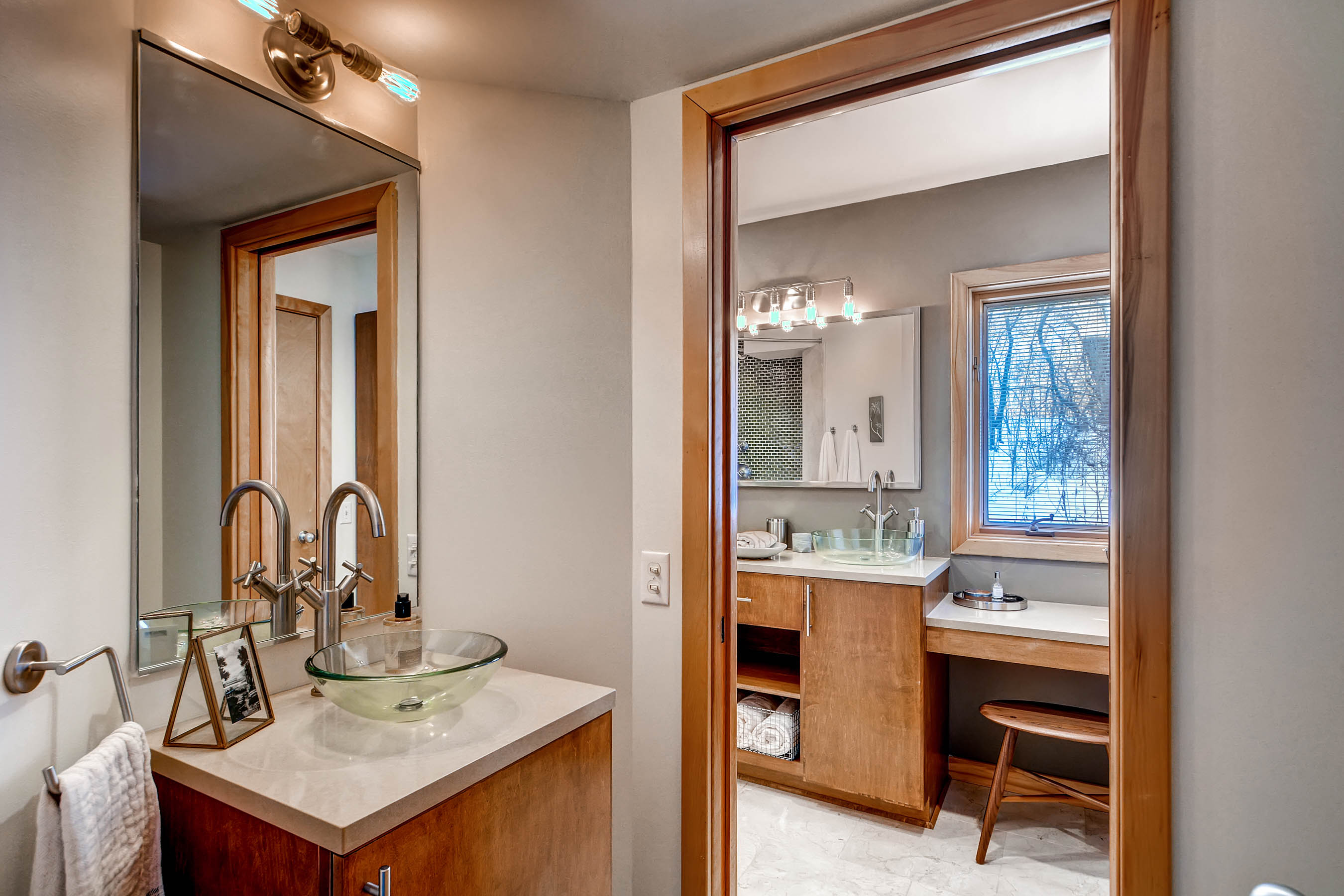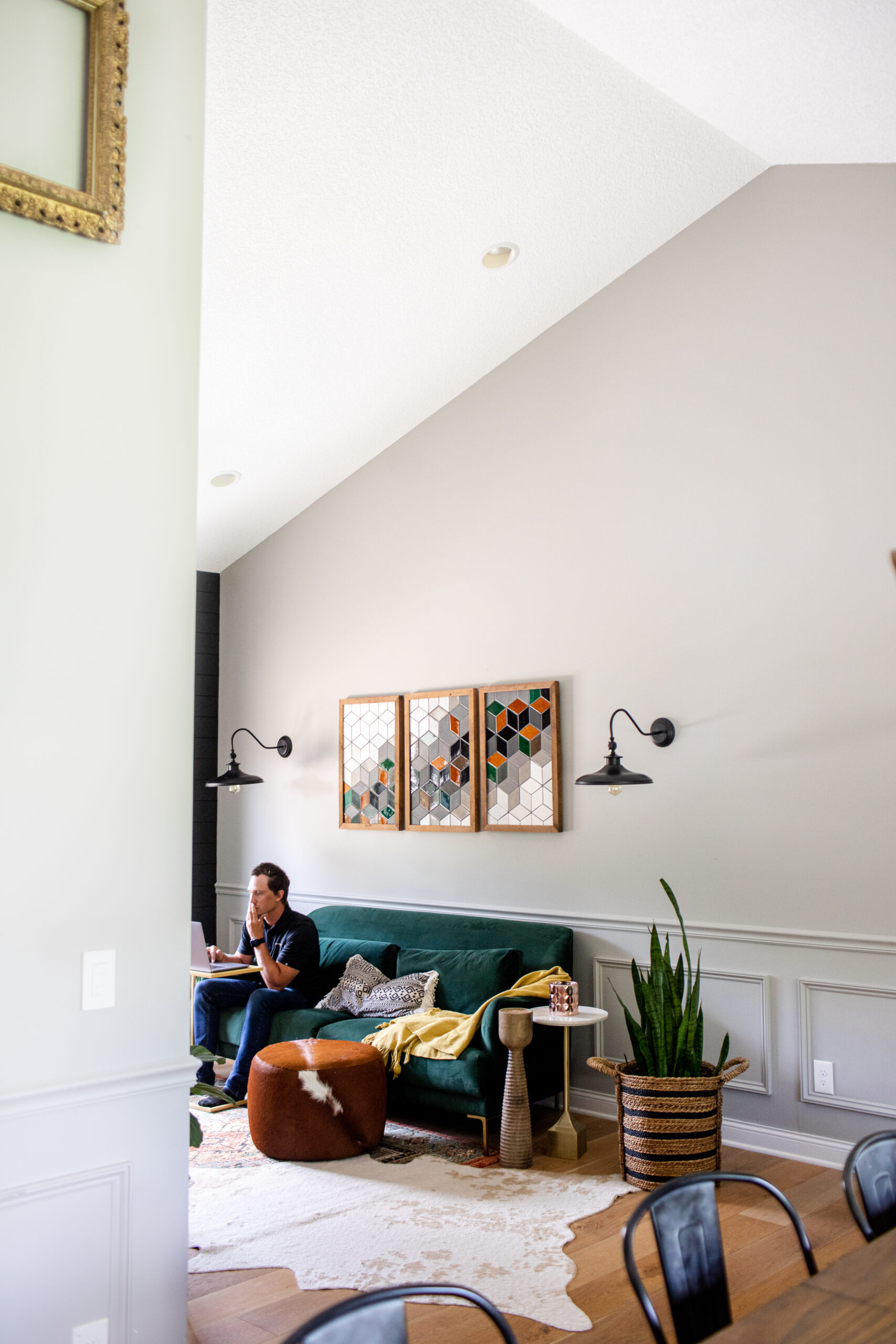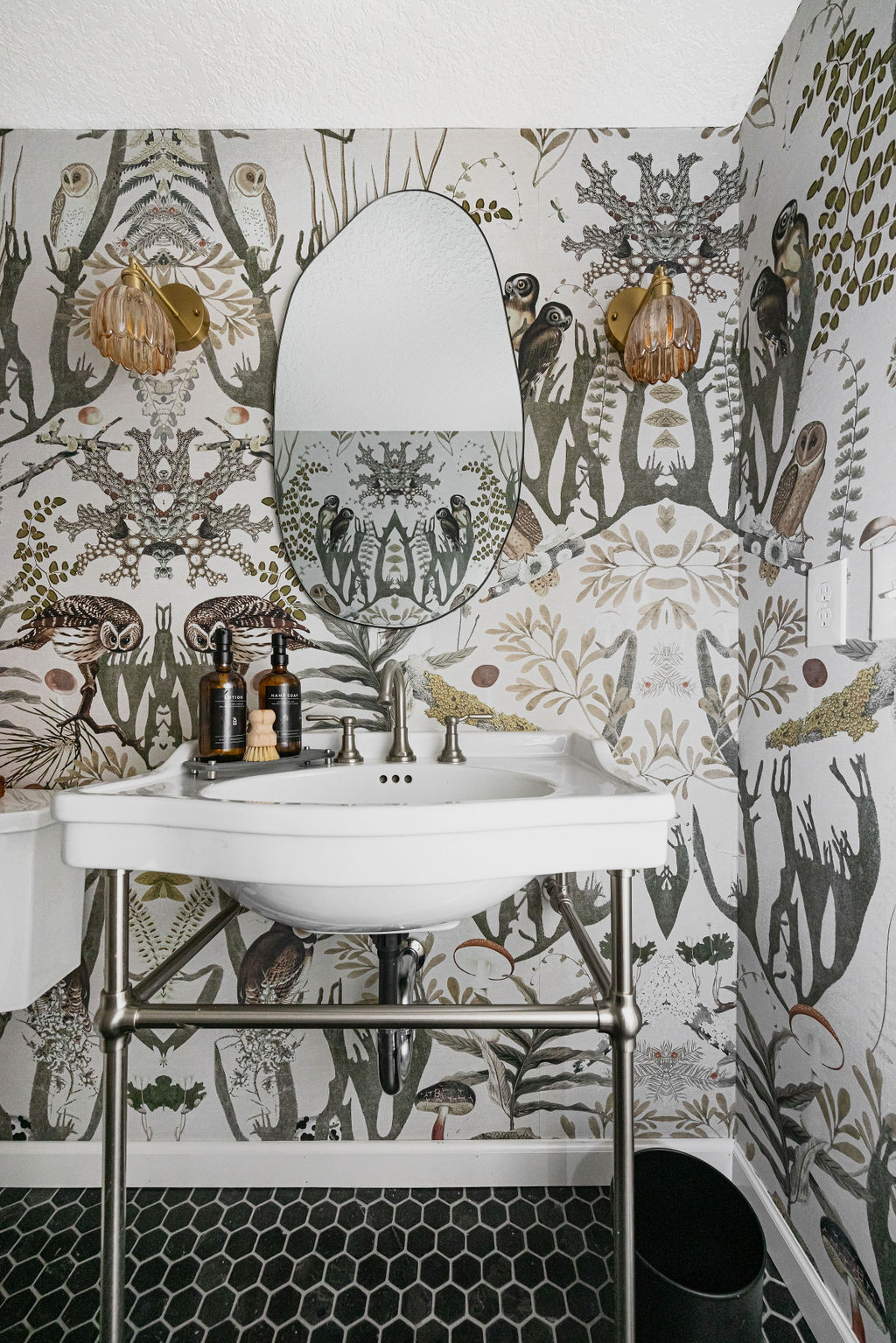When it comes time to redesign a home, most experts provide the how-to’s for flawless, comfortable and wide-ranging appeal. Given the multitude of online resources for interior inspiration, the ideas and options are limitless. However, completely devoting your style to one source can backfire.
To best outfit your home, steer clear of the following restrictive design tactics.
Copying the Neighbors
Your home should reflect your personal style and comfort, not your friend’s or neighbor’s sense of design. Don’t waste the opportunity to create personalized surroundings that fit your style. Although your peers may have tasteful, well-planned homes, their style and layout might not work for you and your family. If you like certain styles from others’ homes, look for other pieces that fit the same genres and work around them. If you’ve never designed a room in that style, don’t go overboard. In fact, eclectic design – or mixing and matching multi-era elements in one space – is trending for a reason. When you have so many decades included in one home, it can’t be categorized as “out of style” at any given time.
Catalogue Surfing
While catalogues are a great source of inspiration, the stores pushing them to the general public have a bottom line: to sell the merchandise. No matter their inventory, big brands want you to make large purchases, and the home design world is a lucrative industry. Another big reason to avoid catalogues is that the homes featured in photo shoots are highly staged, with ample lighting and strategic angles, to make products look their best. You really don’t know what you’re buying until it arrives. Colors may not work with your home and measurements, although they are essential for knowing whether a piece will fit, don’t account for the airspace or how a furnishing will work with the rest of your décor. In-person purchases are usually more reliable. If you do turn to online or magazine shopping, make sure there is a flexible return policy.
Bringing Out Your Edgy Side
Experimenting with home design can introduce you to styles you never thought you’d appreciate. Don’t pick pieces that completely fall outside of your comfort zone, though. If you desire change, incorporate one or two small pieces at first before committing to an entirely different design. Over-saturating your home with ultra-modern, or alternatively, full on traditional patterns and styles might be a little too much at first. As mentioned before, it’s better to mix and match styles so you can truly pinpoint where your area of interior interest lies.
Replicating a Model Home
Model homes are meant to appeal to the general public so developers can market to the largest audience possible. If you’re embracing your new locale, add some southern flair into spaces with gingham patterns and antique accouterments. Or, go coastal with shades of sea foam green and sailboat décor. Keep in mind, less is more, especially if you’re unfamiliar with these region-specific interior styles.
While the aforementioned strategies shouldn’t be implemented 100 percent, they can be used in moderation. Just don’t go purchasing every feature off the latest home magazine cover.





